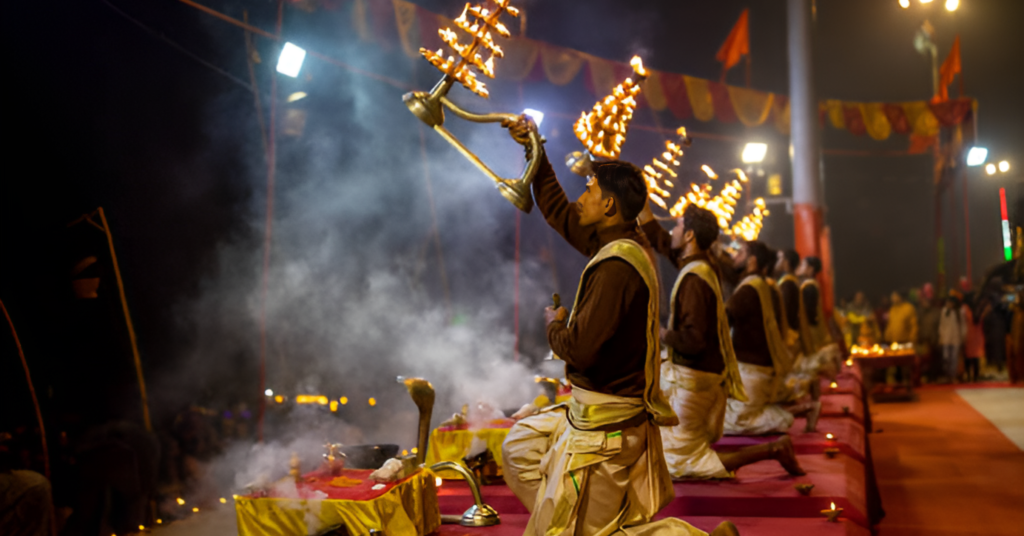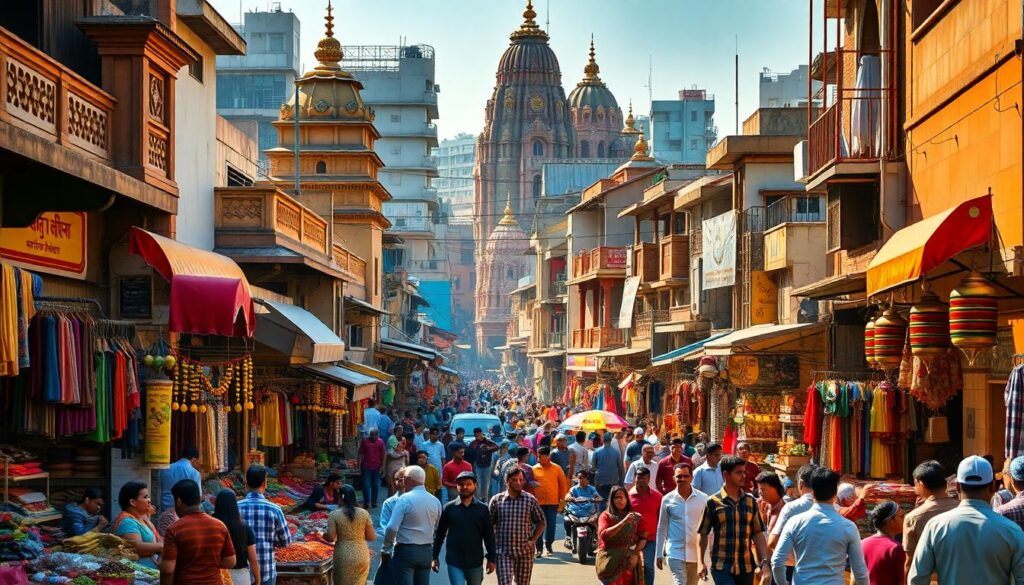Located just 10 kilometers from the bustling city of Varanasi, Sarnath stands as a beacon of serenity and spiritual significance. This small but historically rich town is one of the four most important pilgrimage sites for Buddhists and holds a profound connection to the teachings of Lord Buddha. If you’re planning a trip to Varanasi, a visit to Sarnath should undoubtedly be on your itinerary. Here’s why this sacred site deserves your attention.
Historical and Religious Significance
Sarnath is the place where Gautama Buddha delivered his first sermon after attaining enlightenment in Bodh Gaya. This momentous event, known as the “Dharmachakra Pravartana” (Turning of the Wheel of Dharma), marked the beginning of the Buddhist Sangha. The significance of Sarnath in Buddhism cannot be overstated, as it symbolizes the dissemination of Buddha’s teachings to the world.
Additionally, Sarnath finds mention in Jainism and Hinduism, making it a multi-religious heritage site. It is believed that Shreyansanatha, the 11th Tirthankara of Jainism, was born here, adding another layer of sanctity to this remarkable place.
Must-Visit Attractions in Sarnath
- Dhamek Stupa
- The Dhamek Stupa is an iconic structure that marks the spot where Buddha delivered his first sermon. Built initially by Emperor Ashoka in 249 BCE and later enlarged, this massive cylindrical stupa is adorned with intricate stone carvings. It stands as a symbol of spiritual enlightenment and architectural brilliance.
- Chaukhandi Stupa
- This stupa marks the location where Buddha met his first five disciples. It’s another historically significant site and provides a glimpse into the ancient architectural styles.
- Mulagandha Kuti Vihar
- This modern temple, built by the Mahabodhi Society, is adorned with exquisite frescoes depicting the life of Buddha. Its tranquil gardens and the adjacent Deer Park make it an ideal spot for meditation.
- Sarnath Archaeological Museum
- Home to an impressive collection of artifacts excavated from the region, the museum houses the famous Lion Capital of Ashoka, which is now India’s national emblem. The museum’s collection of sculptures and relics offers a deep dive into the art and culture of ancient India.
- Ashoka Pillar
- Erected by Emperor Ashoka, this pillar originally stood 50 meters tall and bore inscriptions promoting Buddhist ideals. Though the pillar is now in ruins, the Lion Capital that once topped it is preserved in the museum.
The Spiritual Experience
Sarnath’s peaceful ambiance makes it a sanctuary for spiritual seekers. The Deer Park, where Buddha gave his sermon, is a serene space for meditation and introspection. Chanting monks, the rustling of trees, and the sheer historical aura of the place create an otherworldly experience.
For Buddhists, visiting Sarnath is akin to retracing the footsteps of the Enlightened One. However, even for non-Buddhists, the site offers a unique opportunity to connect with a rich spiritual heritage.
Practical Tips for Visitors
- Best Time to Visit: October to March, when the weather is pleasant.
- How to Reach: Sarnath is easily accessible from Varanasi by road. Taxis, auto-rickshaws, and even cycle rickshaws can take you there.
- Entry Fees: The Archaeological Museum has a nominal entry fee, while most other attractions are free to visit.
- Dress Code: While there are no strict dress codes, it’s advisable to dress modestly out of respect for the sacred sites.
- Photography: Photography is permitted in most areas, but check for restrictions, especially inside the museum.



